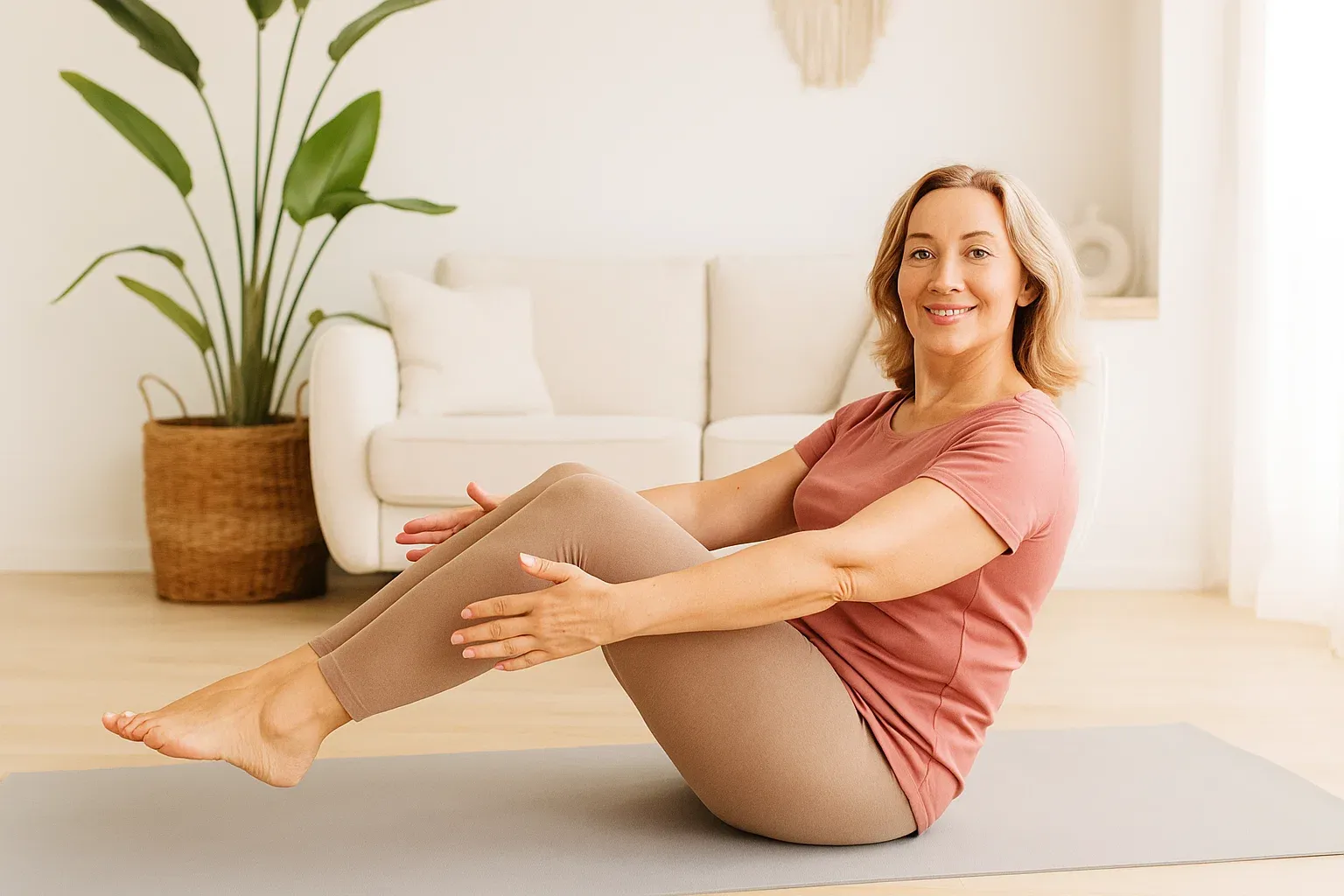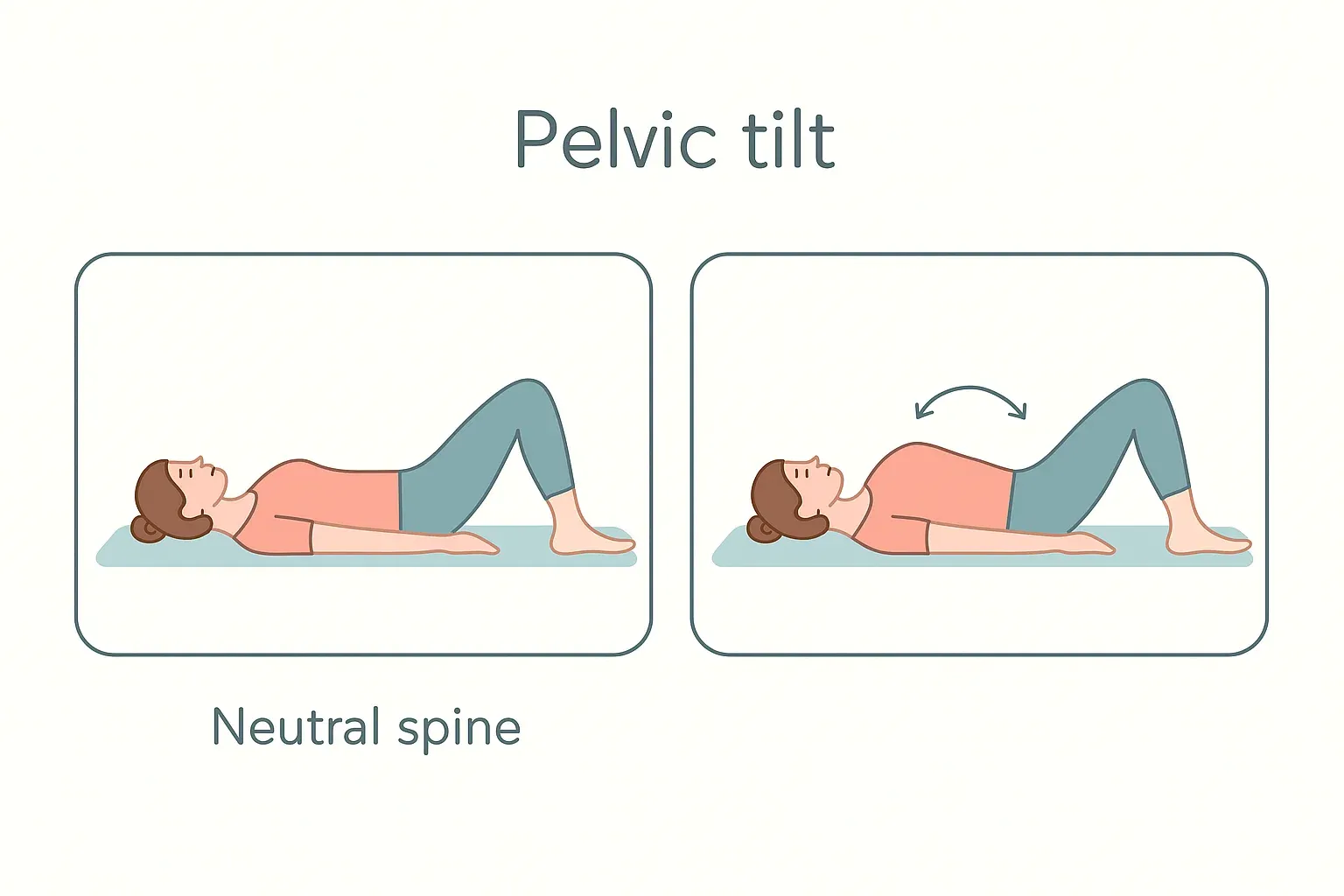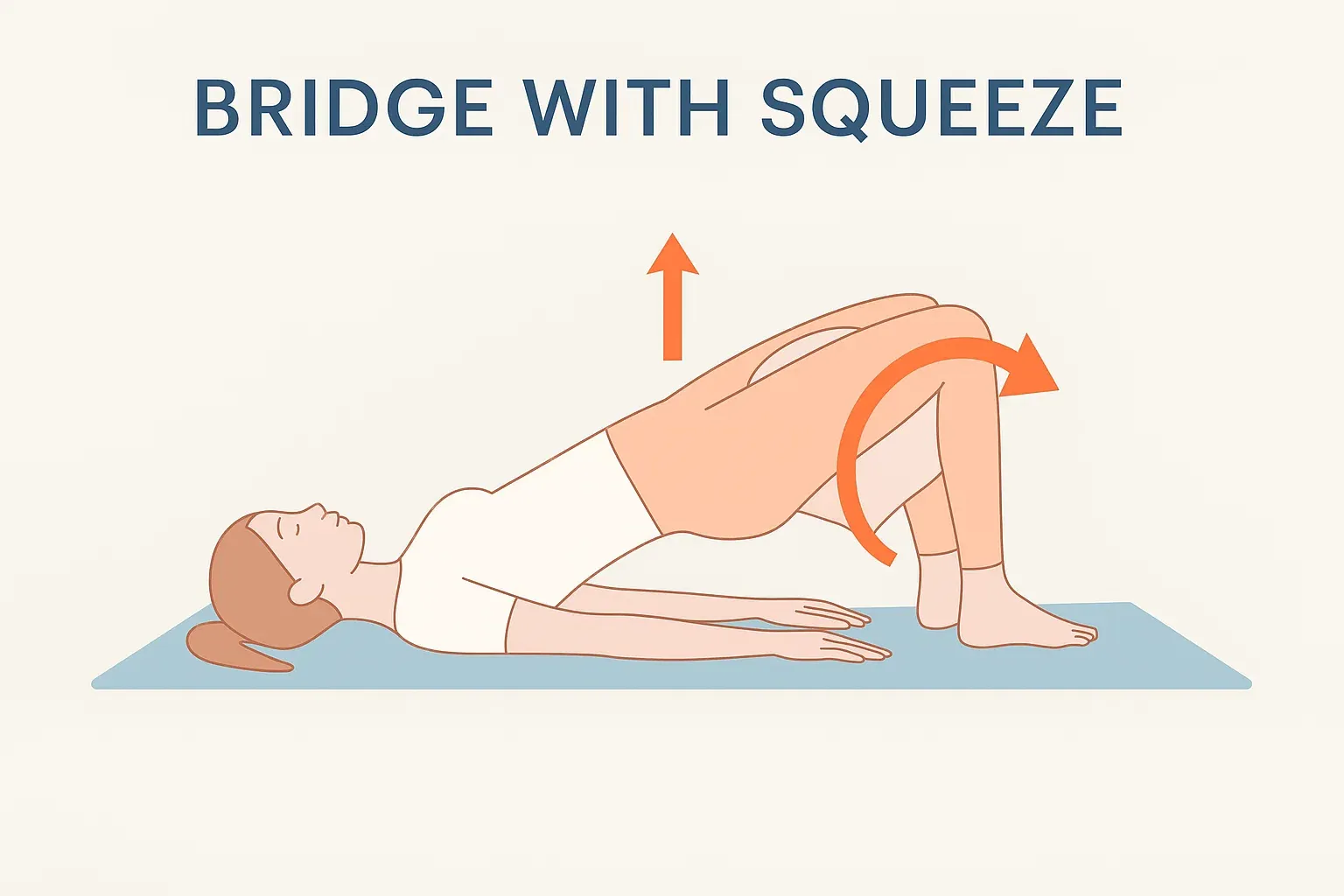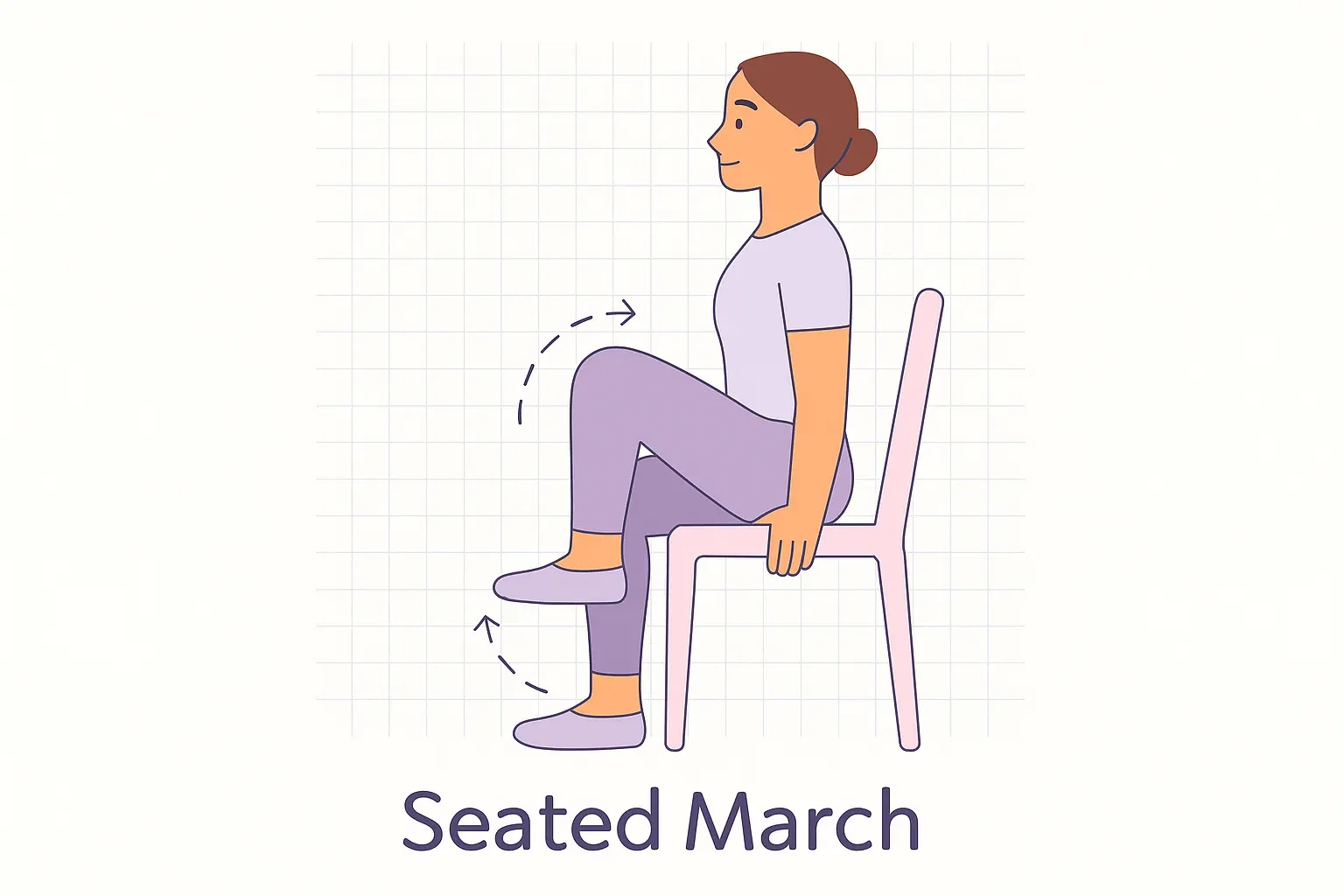- Top 5 Everyday Habits That Weaken Your Pelvic Floor — And How to Fix Them
- Pelvic Floor Pilates for Beginners: Strengthen Your Core From the Inside Out
- The Connection Between Posture and Pelvic Floor Health
- How to Reduce Bladder Leaks With 10 Minutes of Pilates a Day
- Pilates vs Kegels: Which Is Better for Pelvic Floor Health?
- Improve Intimacy and Confidence With These Simple Pelvic Floor Moves
How to Reduce Bladder Leaks With 10 Minutes of Pilates a Day
Bladder leaks can be frustrating, embarrassing, and disruptive to daily life. But here’s some encouraging news: you don’t need endless hours of training to start taking control. Just 10 minutes of focused Pilates a day can strengthen your pelvic floor, improve bladder control, and boost your confidence.
In this article, we’ll break down why leaks happen, how Pilates helps, and share a simple routine you can start today.

Why Do Bladder Leaks Happen?
Bladder leaks, or urinary incontinence, are much more common than most people realize—especially among women after childbirth, during perimenopause, or later in life.
Some of the main reasons include:
- Weakening of the pelvic floor muscles (they support your bladder and uterus).
- Increased pressure from pregnancy or weight gain.
- Hormonal changes during menopause.
- Poor breathing habits and posture that keep your pelvic muscles under stress.
The good news? Just like any other muscle, the pelvic floor can be retrained and strengthened.
How Pilates Helps
Pilates is more than a workout for toned abs—it’s one of the most effective systems for core and pelvic floor training. Here’s why it works:
- Deep Core Activation: Pilates focuses on the transverse abdominis, diaphragm, and pelvic floor—the powerhouse trio for bladder support.
- Breath Integration: Every movement connects with breathing patterns, helping your pelvic floor contract and release properly.
- Low-Impact Movements: Unlike high-impact workouts that strain the bladder, Pilates is gentle and joint-friendly.
- Postural Benefits: Better alignment means less downward pressure on your pelvic floor throughout the day.
The 10-Minute Daily Routine
Here’s a beginner-friendly routine you can try today. Do each move for 8–10 slow repetitions. The focus is on quality, not speed.
1. Diaphragmatic Breathing
Sit tall or lie down, place one hand on your belly. Inhale deeply, letting the belly rise. Exhale and gently draw your belly button toward your spine, engaging the pelvic floor.
2. Pelvic Tilts
Lie on your back, knees bent. Gently tilt your pelvis upward, flattening your lower back into the mat, then return to neutral.

3. Bridge with Inner Thigh Squeeze
Place a small pillow or yoga block between your knees. Lift hips into a bridge position while squeezing the pillow lightly. Lower back down with control.

4. Heel Slides
From lying down, slowly slide one heel forward, keeping pelvis stable. Return and switch legs.
5. Seated March
Sit tall on a chair, lift one knee at a time as if marching. Keep your core engaged and spine upright.

👉 Want to make sure you’re doing these exercises correctly?
Take this Pelvic Floor Quiz and get a step-by-step plan made just for you.
Everyday Benefits
Just 10 minutes a day can:
- Reduce the frequency of leaks.
- Strengthen the muscles that support your bladder.
- Improve posture and core stability.
- Boost your confidence in daily activities.
Consistency is key—the more you practice, the stronger your pelvic floor becomes.
Start Your 10-Minute Routine Today
Imagine running, laughing, or sneezing without worrying about leaks. With just a few minutes of daily Pilates, that’s possible.
Want to know which pelvic floor routine is best for your body?
Take this Personalized Pilates Quiz and get your custom plan today.